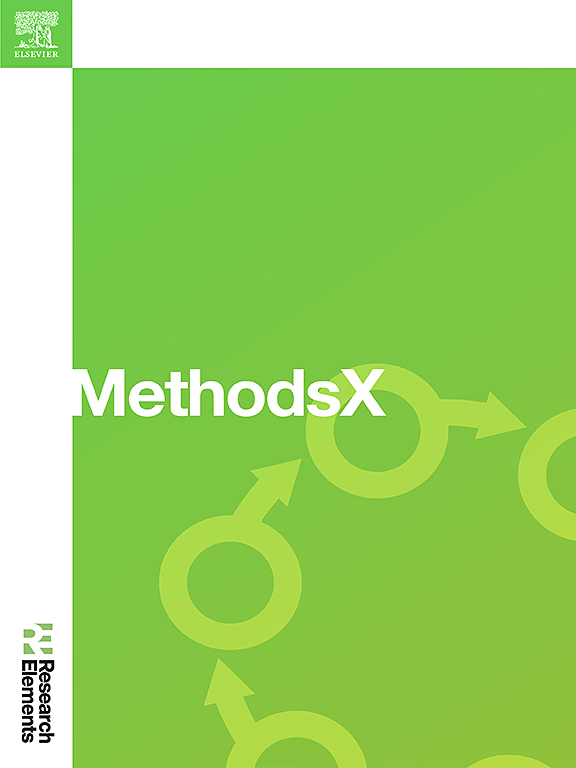Advanced image preprocessing and context-aware spatial decomposition for enhanced breast cancer segmentation
IF 1.6
Q2 MULTIDISCIPLINARY SCIENCES
引用次数: 0
Abstract
The segmentation of breast cancer diagnosis and medical imaging contains issues such as noise, variation in contrast, and low resolutions which make it challenging to distinguish malignant sites. In this paper, we propose a new solution that integrates with AIPT (Advanced Image Preprocessing Techniques) and CASDN (Context-Aware Spatial Decomposition Network) to overcome these problems. The preprocessing pipeline apply bunch of methods including Adaptive Thresholding, Hierarchical Contrast Normalization, Contextual Feature Augmentation, Multi-Scale Region Enhancement, and Dynamic Histogram Equalization for image quality. These methods smooth edges, equalize the contrasting picture and inlay contextual details in a way which effectively eliminate the noise and make the images clearer and with fewer distortions. Experimental outcomes demonstrate its effectiveness by delivering a Dice Coefficient of 0.89, IoU of 0.85, and a Hausdorff Distance of 5.2 demonstrating its enhanced capability in segmenting significant tumor margins over other techniques. Furthermore, the use of the improved preprocessing pipeline benefits classification models with improved Convolutional Neural Networks having a classification accuracy of 85.3 % coupled with AUC-ROC of 0.90 which shows a significant enhancement from conventional techniques.
- •Enhanced segmentation accuracy with advanced preprocessing and CASDN, achieving superior performance metrics.
- •Robust multi-modality compatibility, ensuring effectiveness across mammograms, ultrasounds, and MRI scans.

先进的图像预处理和上下文感知空间分解增强乳腺癌分割
乳腺癌诊断和医学成像的分割包含诸如噪声、对比度变化和低分辨率等问题,这使得区分恶性部位具有挑战性。在本文中,我们提出了一种新的解决方案,结合AIPT(高级图像预处理技术)和CASDN(上下文感知空间分解网络)来克服这些问题。预处理流程采用了自适应阈值分割、层次对比度归一化、上下文特征增强、多尺度区域增强和动态直方图均衡化等方法来提高图像质量。这些方法平滑边缘,平衡对比图像和嵌入上下文细节,有效地消除了噪声,使图像更清晰,失真更少。实验结果证明了其有效性,Dice系数为0.89,IoU为0.85,Hausdorff距离为5.2,表明其在分割重要肿瘤边缘方面的能力优于其他技术。此外,使用改进的预处理管道有利于使用改进的卷积神经网络的分类模型,其分类准确率为85.3%,AUC-ROC为0.90,与传统技术相比有显着增强。•增强分割精度与先进的预处理和CASDN,实现卓越的性能指标。•强大的多模态兼容性,确保乳房x光检查,超声波和MRI扫描的有效性。
本文章由计算机程序翻译,如有差异,请以英文原文为准。
求助全文
约1分钟内获得全文
求助全文
来源期刊

MethodsX
Health Professions-Medical Laboratory Technology
CiteScore
3.60
自引率
5.30%
发文量
314
审稿时长
7 weeks
期刊介绍:
 求助内容:
求助内容: 应助结果提醒方式:
应助结果提醒方式:


